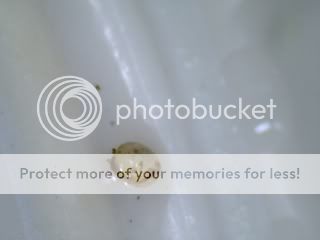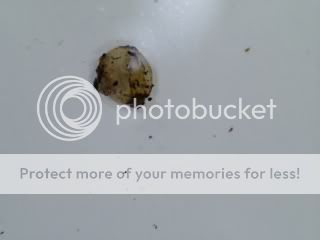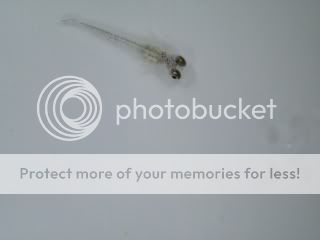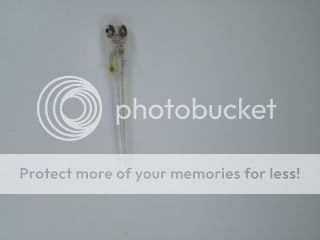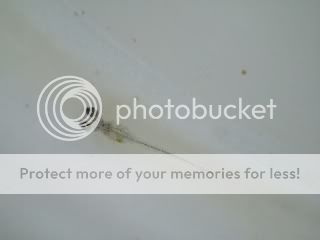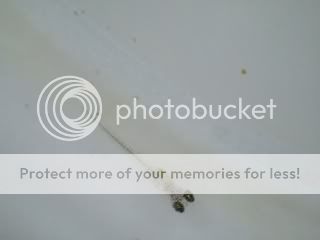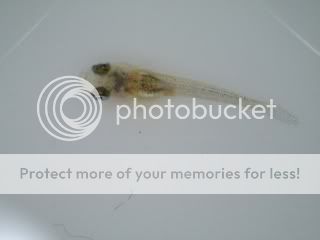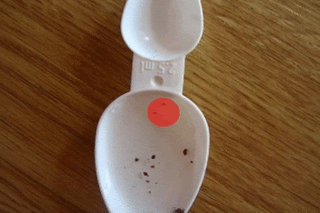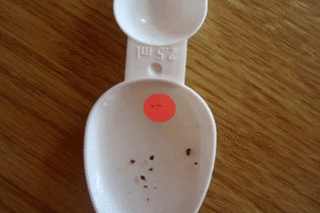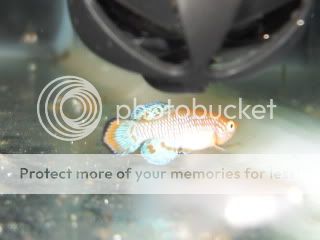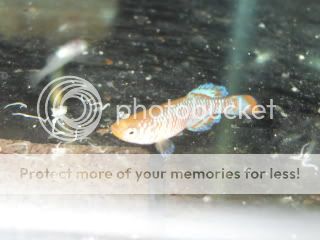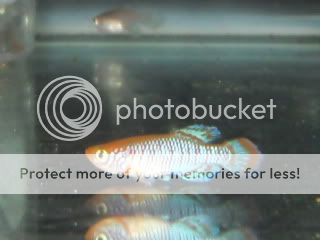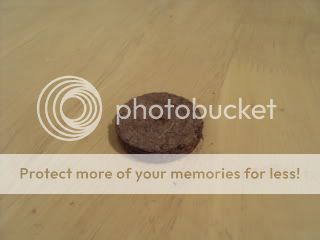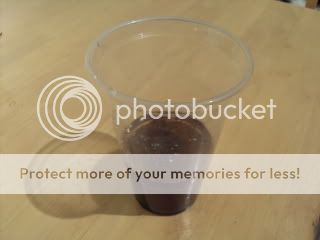Breeding Nothobranchius rachovi - Beira 98
Pass the Magnifying Lens...please
Pass the Magnifying Lens...please
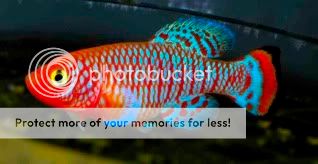
Nothobranchius Rachovi - Beira 98
Adult Male
I forget how many times folks have asked me for help with hatching annual killifish species eggs bought from Far East breeding farms via online sources such as Ebay. I hope this little scenario, which happened to me recently, helps others who have unwittingly gone down the same route and acquired eggs which they were ill equipped to cope with. So it is with thanks to omese for giving me the opportunity to address this growing trend.
OK I usually start these threads with the sum of the whole. I usually tend to complete an opus start to finish before submitting the finished article for everyone's perusal. This time around, through a catalogue of events I'll be doing things a little differently, and logging certain (providing everything goes to plan) events on a day to day or weekly basis.
Let me give you a little background to the situation in hand. Ordinarily I would post a breeding article starting with the fish spawning, egg production, hatching, rearing of fry, so on and so forth. This time a situation was forced upon me somewhat on which I had to act.
Some time ago I was approached by a young lad who was interested in Killifish. Knowing very little surrounding their care and husbandry, he proceeded, like many before him to purchase some Annual species eggs from so called Far East breeding farms. He chose Nothobranchius rachovi (Beira 98) as his first species on which to start his new found hobby. Now as we all know, or should know, Rachovi is a very colourful fish, one that will rival a lot of marine species in that respect, but in no way is it, IMHO, a beginners species. Had he contacted me sooner I would have recommended Guntheri as a species on which to cut his teeth as it were. Anyway the sceanario played itself out and finding out that he was ill prepared for their imminent hatch (no food stuffs readied) he asked would I hatch the eggs for him. Not wanting to let the chap down I duly agreed to hatch the eggs and once successfully reared I would return him a couple of pair of which he was more than delighted. This gave him the opportunity to gather more information on the subject and be better equiped next time when it's his turn to give them a go. He sent me the eggs and the story progresses from this point onward.
I received the eggs and the first thing that alarmed me was the collection and hatching dates.
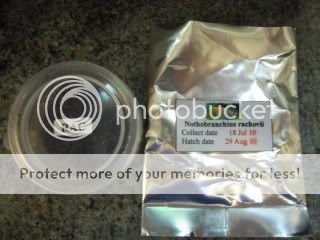
Collected 18/07/2010 - Expected 29/08/2010
Now I know enough from breeding this species many times in the past that something was more than likely amiss here as the drying period for Rachovii (although you can warm store to force the diapause to quicken) is around 4mths give or take. (check the iris within the egg sac for an indication of hatching) Not entirely happy with this information I stored the eggs for a further six weeks than what was advised on the label. (still a very short diapause for RAC) but this depends a lot on the moisture of the peat and temperature of incubation.
Today I decided to wet the eggs for the first time.
So I made up some coolish water (68'f) in a small margarine tub, 1/2 tapwater - 1/2 rainwater and a slight sprinkle of salt to deter velvet.
Fry began hatching almost immediately so armed with my little torch and pipette I prepared to go hunting Rachovii fry.
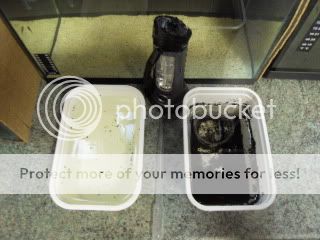
It was at this point I realised "My Eyesight is getting worse with age"! I had totally forgotten how small these little beggars were, especially as they had the camouflage of the peat to help them evade detection. Next out came the trusty large magnifying glass and the hunting ground became a whole lot clearer. As of one hour ago we were up to 16 fry, not a lot you might say but there are more to be caught and I've retired for this evening to resume in the morning. I have no idea how many eggs were in the peat to begin with as those Far Eastern farms are notorious for dubious practices when sending precise numbers of eggs. So we'll see how many we eventually end up with in the first batch before re drying the peat.
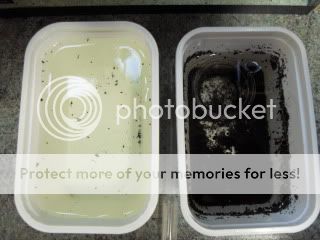
For now, the fry are being fed paramoecium. Annual fry need to be fed immediately upon hatching. Whilst there will be a certain amount of infusoria available via the peat they will still need a hearty meal soon after. They are too small in the first stages to accept artemia nauplii so we need to offer microscopic livefoods to get them to the next stage.
That's were we are at this present moment in time, tomorrow's another day as they say, success, failure who know's what factors will come into play as we progress. That remains to be seen.
These fry are tiny in comparison to a lot of other Notho. species I've encountered.
I will hopefully embellish this thread further with images depending on the outcome of ongoing events. Once I can get them to the brine shrimp stage then everything should be plain sailing. Fingers crossed.
Regards
C



